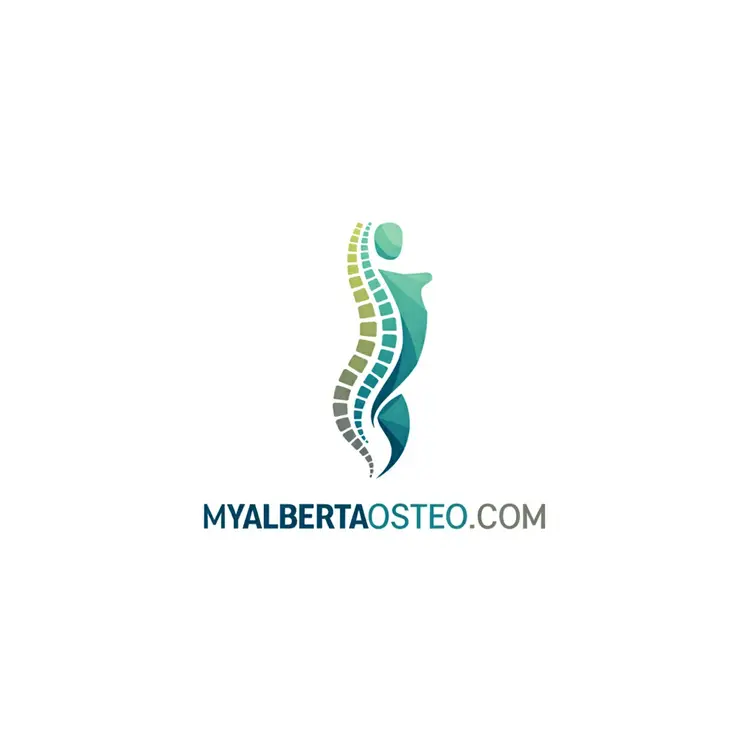OSTEOPATHY AND THE KIDNEY: A STRUCTURAL AND FUNCTIONAL CONNECTION
In this short article, we’ll briefly explore why kidney function is vital for our survival and how osteopathy can help assess and treat kidney-related dysfunctions to support overall balance and well-being.
First, a quick reminder: in osteopathy, we recognize that structure and function are intimately interrelated — this is a foundational principle. It teaches us that when a structure maintains good mobility, vascularization improves, allowing oxygen-rich blood and nutrients to enter while efficiently removing waste products. The kidneys, essential organs for maintaining the body’s internal environment, embody this principle perfectly.

Function and Structure of the Kidneys and Adrenal Glands
The kidneys are primarily responsible for filtering the blood and eliminating waste and excess fluids through urine production. However, their role goes far beyond filtration:
Acid-base balance: Helping regulate the body’s pH.
Fluid and electrolyte regulation: Managing levels of water, sodium, potassium, and calcium.
Blood pressure control: Adjusting fluid volume and salt retention — this is why diuretics (which increase urine output) are often prescribed to lower blood pressure.
Hormonal activity: Producing erythropoietin, which stimulates red blood cell production, and supporting the activation of vitamin D, essential for calcium absorption and bone health.
Anatomy and Structural Relationships
Anatomically, the kidneys are located in the posterior abdominal cavity, just in front of the psoas muscles. They are anchored by the renal arteries and veins, which connect directly to the aorta and inferior vena cava — placing them in direct communication with the body’s main circulatory pathways.
Sitting atop each kidney are the adrenal glands, which play key roles in the production of hormones regulating metabolism, blood pressure, immune function, and the body’s stress response — primarily through cortisol, a hormone vital for survival.
Osteopathic Kidney Dysfunction
In osteopathy, kidney dysfunction doesn’t necessarily indicate disease, but rather a loss of mobility, altered positioning, or fascial tension that can impair physiological function or create compensatory strain elsewhere in the body.
A healthy kidney should move slightly with each breath, gliding smoothly within its fascial planes.
Dysfunction may present as:
- Restricted upward or downward glide within its fascial envelope
- Tension transmitted to the psoas or diaphragm
- Altered hydration or circulation to nearby tissues
- Reflexive musculoskeletal tension (e.g., spinal stiffness, rib tightness)
Contributing factors may include:
- Abdominal or pelvic surgeries (e.g., C-section, hernia repair)
- Prolonged sitting or poor posture
- Sudden weight loss (e.g., postpartum, after liposuction)
- Direct trauma (e.g., falls, sports injuries)
- Repetitive vibration exposure (e.g., long-distance driving)
The dysfunction may be asymptomatic or associated with complaints such as low back pain, fatigue, or pelvic tension. Palpation, motion testing, and fascial assessment guide the osteopathic manual therapist in identifying and addressing these patterns.
Kidney Dysfunction and Low Back Pain: A Clinical Perspective
In my practice, I frequently observe osteopathic kidney dysfunctions in clients presenting with low back pain. Because the kidneys glide over the psoas muscle, like a train on its tracks, any restriction in this movement can increase fascial tension, causing muscular tightness and discomfort in the lumbar region.
These dysfunctions often coincide with reduced mobility in:
- The upper lumbar spine
- The lower ribs
- The lower thoracic vertebrae — key areas involved in the autonomic regulation of kidney function
Additionally, restrictions may affect:
- The crura of the diaphragm, which attach to the lumbar spine
- The ureters, muscular tubes that carry urine from the kidneys to the bladder
All these structures are palpable and treatable with targeted osteopathic techniques designed to restore mobility and relieve tension.
I also observe these patterns in clients with low energy levels, especially those under prolonged physical or emotional stress. I recall treating a client — an exhausted single mother of three children under age five — who couldn’t recover from a low-grade ankle sprain. Her treatment plan focused on restoring her vital energy through craniosacral therapy to rebalance the nervous and hormonal systems, treating the kidneys and surrounding tissues, and finally, addressing the ankle injury.
The Osteopathic Approach to Kidney Health
Osteopathic treatment aims to restore natural mobility of the kidneys and their associated structures. Techniques may include:
- Visceral manipulation to improve kidney glide and fascial freedom
- Myofascial release for reducing tension in the psoas and diaphragm
- Spinal and rib mobilization to enhance nerve signaling and autonomic regulation
- Craniosacral techniques to support nervous system and endocrine balance
The kidneys are far more than filtration organs. They are deeply intertwined with the body’s circulatory, neurological, structural, and hormonal systems. When their mobility is compromised, the impact can be wide-ranging — affecting everything from back pain to energy levels. Osteopathy offers a unique, holistic approach to treating these dysfunctions and restoring balance throughout the body.
Book an appointment in Calgary or Canmore
